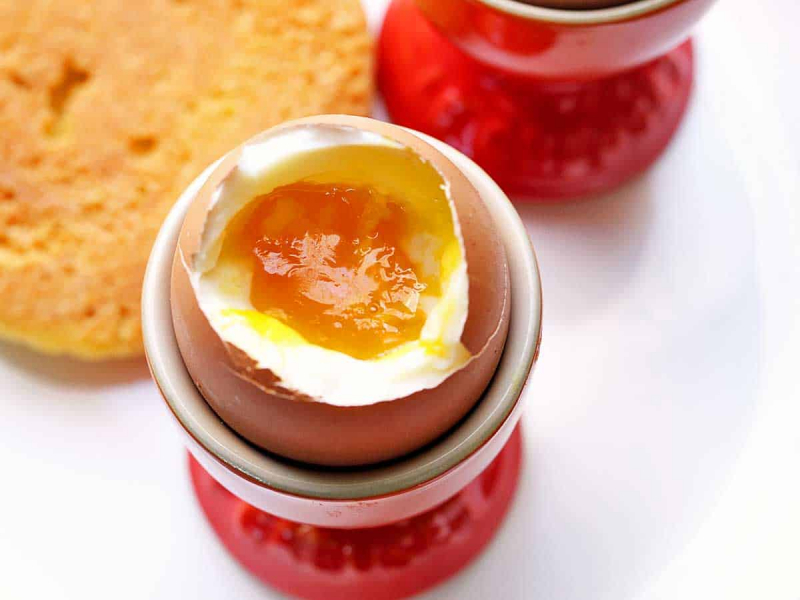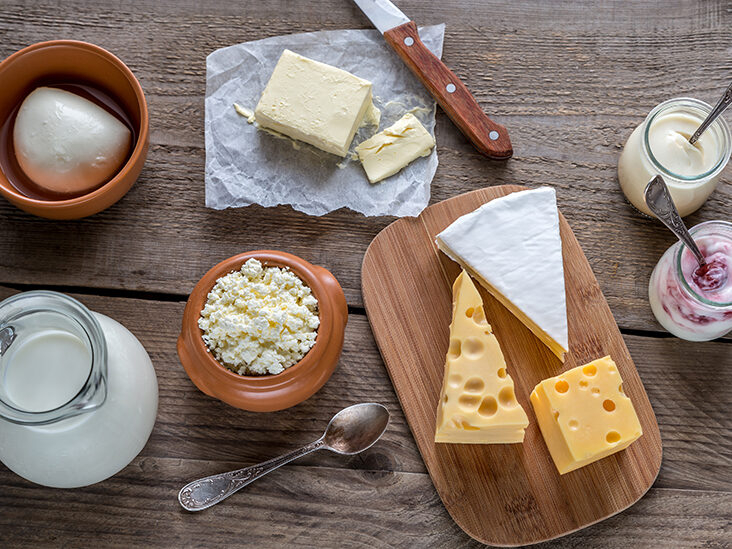Dairy products
Greeks raised quails and chickens for their eggs. Some authors also praise pheasant eggs and Egyptian goose eggs, both of which are apparently uncommon. As an hors d'œuvre or dessert, eggs were soft- or hard-boiled. In addition, whites, yolks, and entire eggs were employed in the making of foods.
In his Works and Days, Hesiod recounts "milk cake with goat milk drained dry." Milk (gala) was consumed by country residents, although it was rarely utilized in cooking.
The Greeks recognized butter as a culinary feature of the Thracians of the northern Aegean coast, whom the Middle Comic poet Anaxandrides dubbed "butter eaters." Cheesemaking was common by the 8th century BCE, as evidenced by the technical jargon linked with it in The Odyssey. The cheese was consumed alone, with honey, or with vegetables. It was also employed in the production of a variety of foods, particularly fish dishes (see recipe below by Mithaecus).
Other dairy products were popular among Greeks. Πυριατή pyriatē and Oxygala (oξύγαλα) were curdled milk products, similar to cottage cheese or possibly yogurt. Most notably, goat and ewe cheese (tyros) was a staple diet. Fresh cheeses (often wrapped with Drakontion leaves to keep them fresh) and hard cheeses were offered in separate stores; the former was around two-thirds the price of the latter. The Odyssey The cheese was consumed alone, with honey, or with vegetables. It was also employed in the production of a variety of foods, particularly fish dishes.












